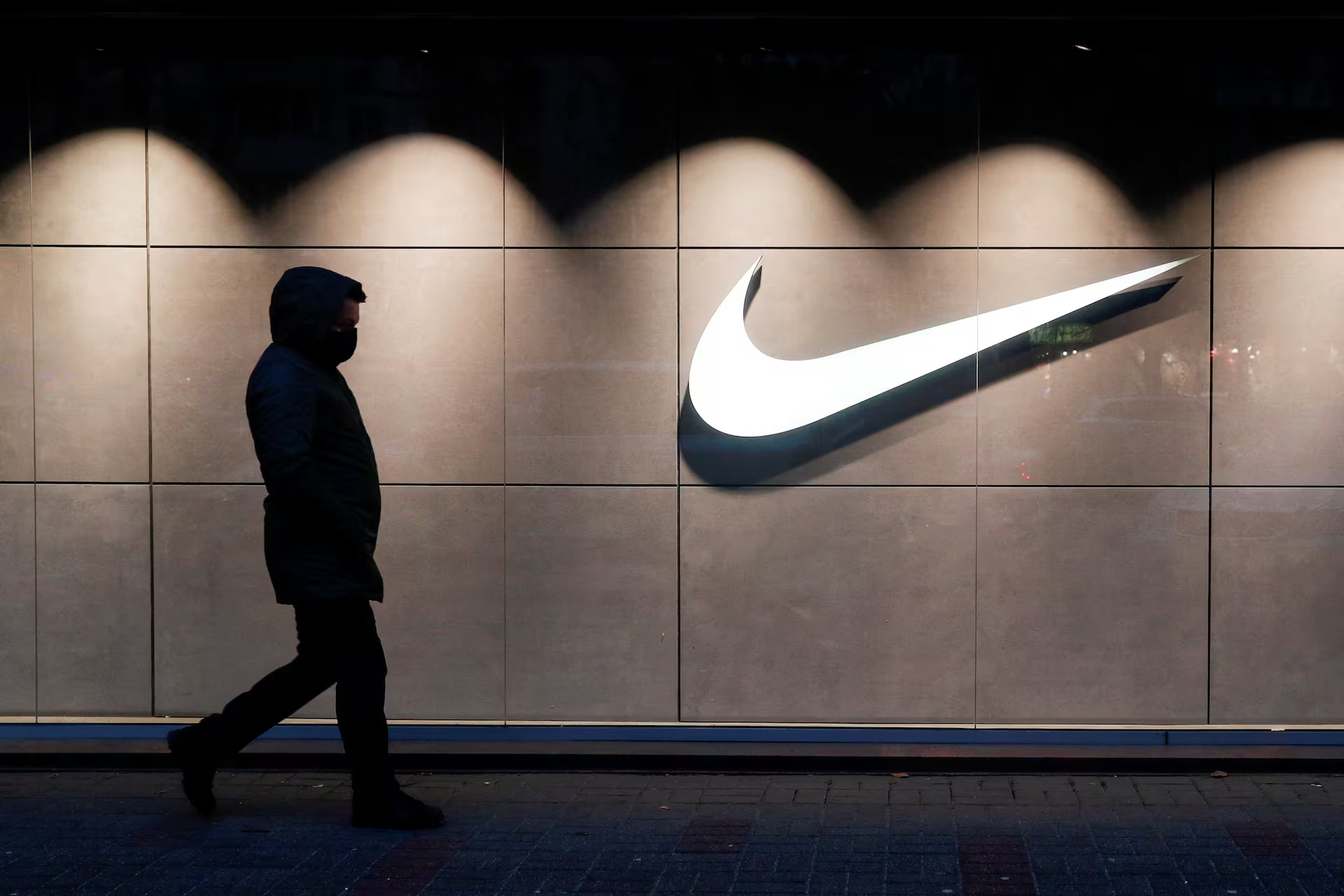Companies are increasingly recognizing the critical role of marketing in preserving and rebuilding their brands, as seen in Nike’s recent difficulties. Once a leader in the sports apparel industry, Nike is now facing significant challenges due to its aggressive direct-to-consumer approach, which has alienated key retail partners and led to over-discounting that devalued the brand.
Coupled with layoffs, weak innovation, and rising competition from brands like On and Hoka, Nike’s standing has suffered. This has prompted the resignation of CEO John Donahoe, with Elliott Hill taking over as the company embarks on a strategic overhaul following a disappointing financial performance.
Marketing is expected to play a crucial role in Nike’s recovery. CFO Matthew Friend highlighted the need for “bigger, bolder brand storytelling,” pointing to the success of Nike’s Paris Olympics campaign, which captured over 60% of the share of voice during the event and resonated strongly with Gen Z consumers.
CMO Nicole Hubbard Graham, who rejoined Nike earlier this year, is now tasked with revitalizing the brand’s messaging. The success of this marketing shift will be key as Nike works to win back lost customers and rebuild its brand reputation.

Across industries, CMOs are being called upon to drive growth, with companies recognizing that marketing is not just an expense but an investment in long-term success.
For example, struggling retailer JC Penney recently brought in former Taco Bell marketing chief Marisa Thalberg to lead a brand revitalization effort, while Unilever significantly increased its marketing budget, linking a $700 million boost in spending to “high-quality sales growth.” These moves reflect a broader trend where marketing is becoming central to business strategy, especially in times of financial challenge.
This shift is also evident in changes to marketing structures and leadership roles. Hyundai recently reorganized its marketing and creative operations, splitting responsibilities between performance marketing and creative advertising. Angela Zapeda, now serving as a chief creative officer, will oversee brand-building efforts while the head of sales takes on performance marketing duties.
This restructuring signals a stronger focus on creative brand-building in conjunction with performance-based initiatives. Agency groups like WPP and Publicis Groupe are also expanding their investments in creative and brand-building capabilities to meet growing demand from clients.
Another sign of the changing dynamics is the increasing number of companies reviewing their media and creative strategies together, reflecting a more integrated approach to marketing. Firms like Santander, Papa John’s, and Asda have recently undertaken joint media and creative reviews, demonstrating the growing importance of storytelling in their marketing efforts.
Although not yet widespread, this trend indicates a shift toward treating brand-building as a core part of business strategy, rather than an afterthought, as companies look for more holistic ways to engage customers and drive growth.


